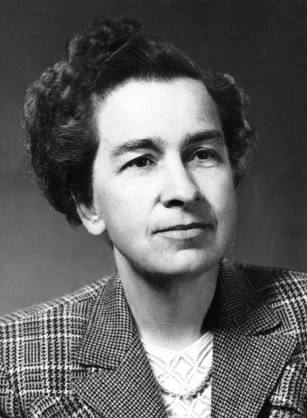Nationality American Name Harriet Hardy | Profession Doctor, professor | |
 | ||
Institutions Specialism ToxicologyEnvironment-related illness Notable prizes Medical Woman of the Year of the American Medical Women's AssociationAward of Merit of the American Academy of Occupational MedicineAlice Hamilton Award of the New York Academy of Sciences. Died October 13, 1993, Boston, Massachusetts, United States Institution Harvard University, Radcliffe College | ||
Dr. Harriet Louise Hardy (September 23, 1906 - October 13, 1993) was an American pioneer in occupational medicine and the first woman professor at Harvard Medical School. Her main points of study were toxicology and environmental related illness. She died on October 13, 1993 of cancer of the immune system at Massachusetts General Hospital.
Contents
Career
Dr. Hardy completed her residency at Philadelphia General Hospital—one of the few hospitals to accept women students at the time. She then went to work for Northfield School educating the female students on how to cope with such traumatic issues as rape, drownings, and student accidents. She also taught the girls anatomy and the effects of venereal disease. After five years at Northfield Academy, she began working in a field that would become a significant area of study for her throughout her career.
Her studies on beryllium began in 1945 when she started working for the Massachusetts Division of Occupational Medicine. She studied factories that produced fluorescent bulbs in Lynn, Salem, and Ipswich, Massachusetts. She discovered that many of the workers contracted berylliosis. Berylliosis is caused by the inhalation of dust or fumes containing beryllium. The disease presents itself with coughing, weight loss, shortness of breath, and scarring of the lungs. While beryllium was a main area of study for Dr. Hardy, throughout her career, she also studied anthrax, mercury poisoning, women's growth, and physical fitness.
Leadership
Throughout her career, Dr. Hardy worked on a variety of studies and projects around the world. Below are just a few of her more notable contributions to science and medicine:
